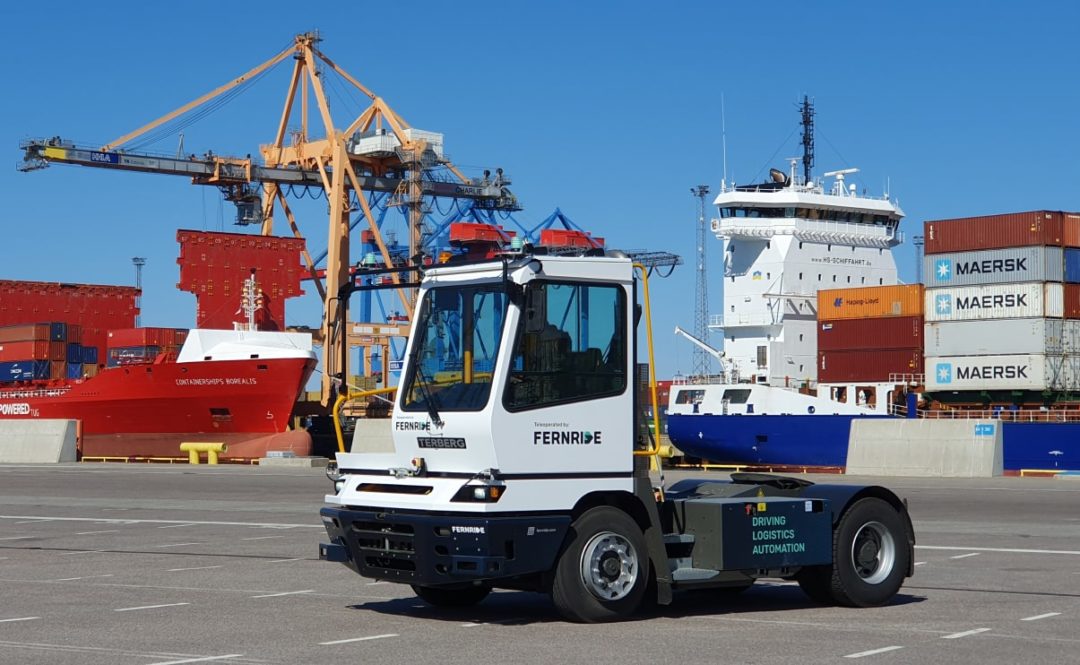Fernride raises $50 million backing for its autonomous, electric trucks
German company plans to progress from human-assisted approach to fully autonomous vehicles

The German autonomous, electric trucking company Fernride GmbH today said it has closed a further $19 million in its “series A” funding, pushing the total round amount to $50 million.
The Munich-based company in June said it had raised $31 million in the same round, based on its record of providing automated trucks for Volkswagen, DB Schenker, and the logistics company HHLA.
New investors include Germany’s Deep Tech and Climate Funds (DTCF), a $1BN venture fund financed via Germany’s “Future Funds” and the ERP special fund and created to drive the growth of deep tech and climate companies in Germany and Europe, alongside San Francisco-based Munich Re Ventures, Bayern Kapital, and Klaus Kleinfeld, who now assumes the role of chairman on Fernride’s board. These investors add to the roster of existing venture capital support from 10x Founders, Promus Ventures, Fly Ventures, Speedinvest, and Push Ventures, along with corporate investors HHLA Next, DB Schenker via Schenker Ventures, and Krone.
With the new backing, Fernride said it would continue its human-assisted approach to autonomy in order to address major industry challenges in logistics and bolster the economic viability of its solution.
“By starting with teleoperations that initially keeps a human in the loop, we believe Fernride’s step-by-step approach is the optimal path towards building fully autonomous capabilities,” Timur Davis, director at Munich Re Ventures, said in a release. “Fernride has already demonstrated its ability to partner with key players in the industry and is positioned to rapidly build on its unique strengths and capabilities to succeed where others in the market have fallen short.”
Related Articles
Copyright ©2024. All Rights ReservedDesign, CMS, Hosting & Web Development :: ePublishing